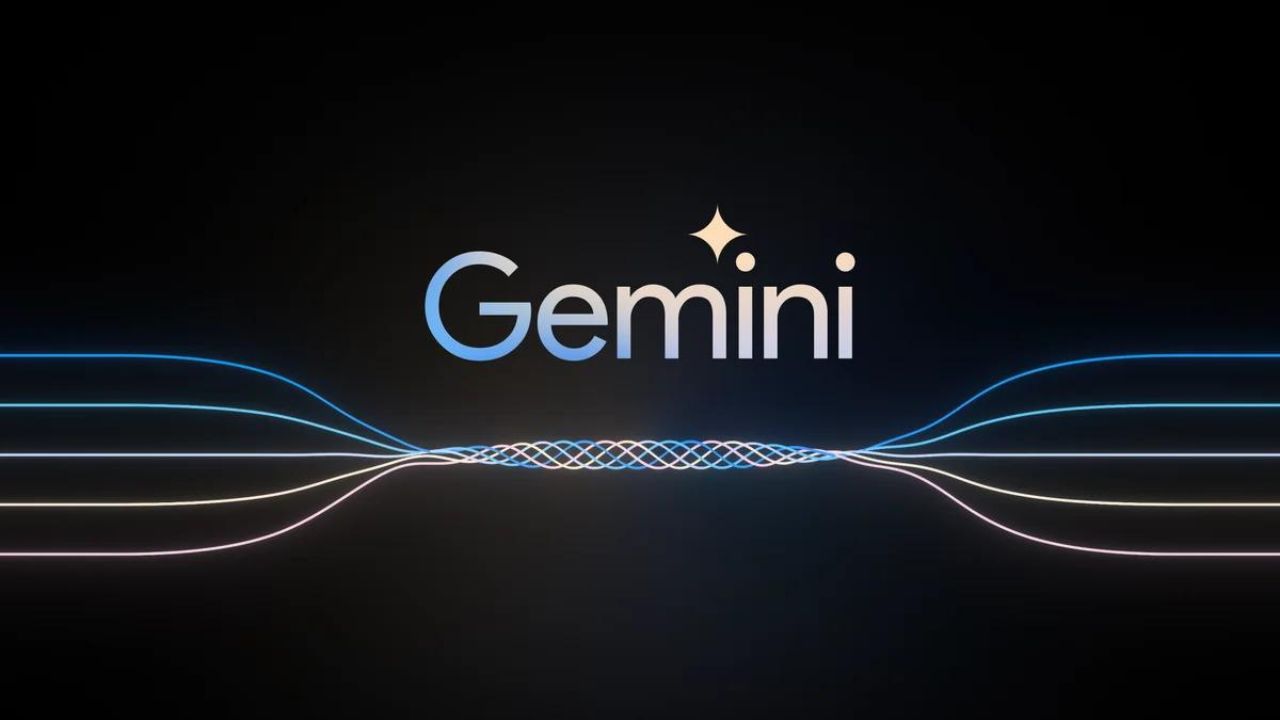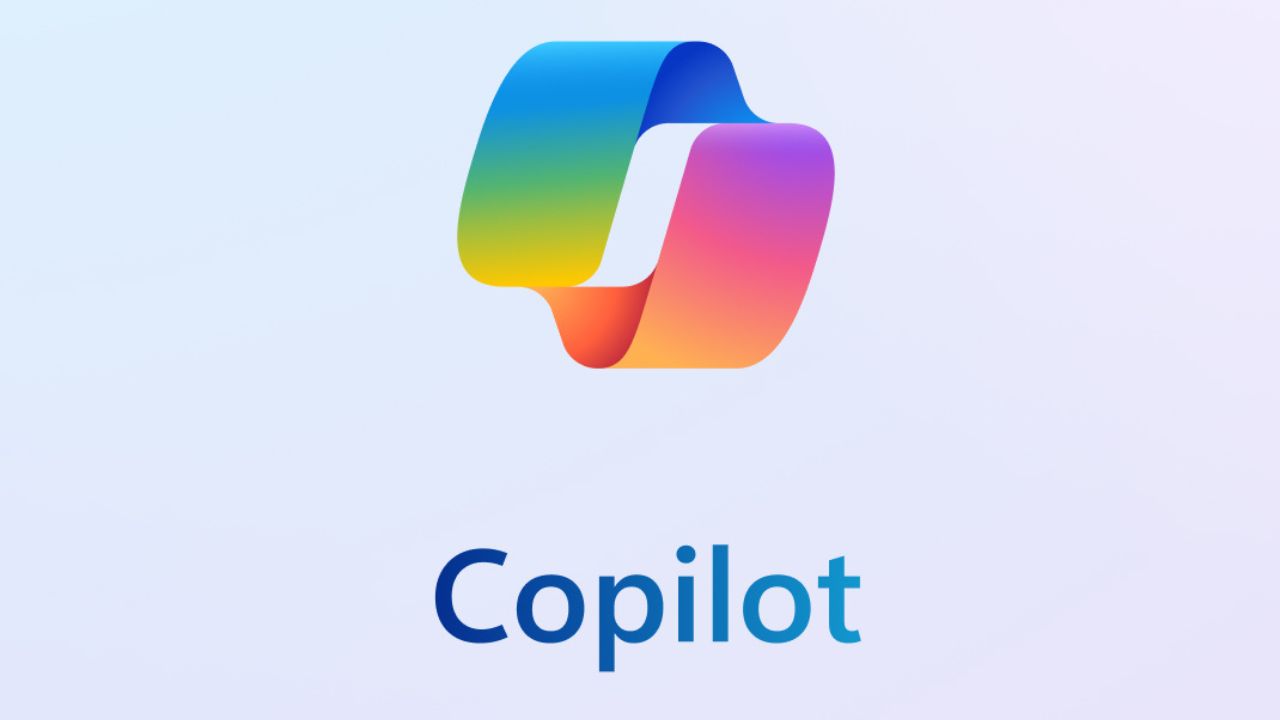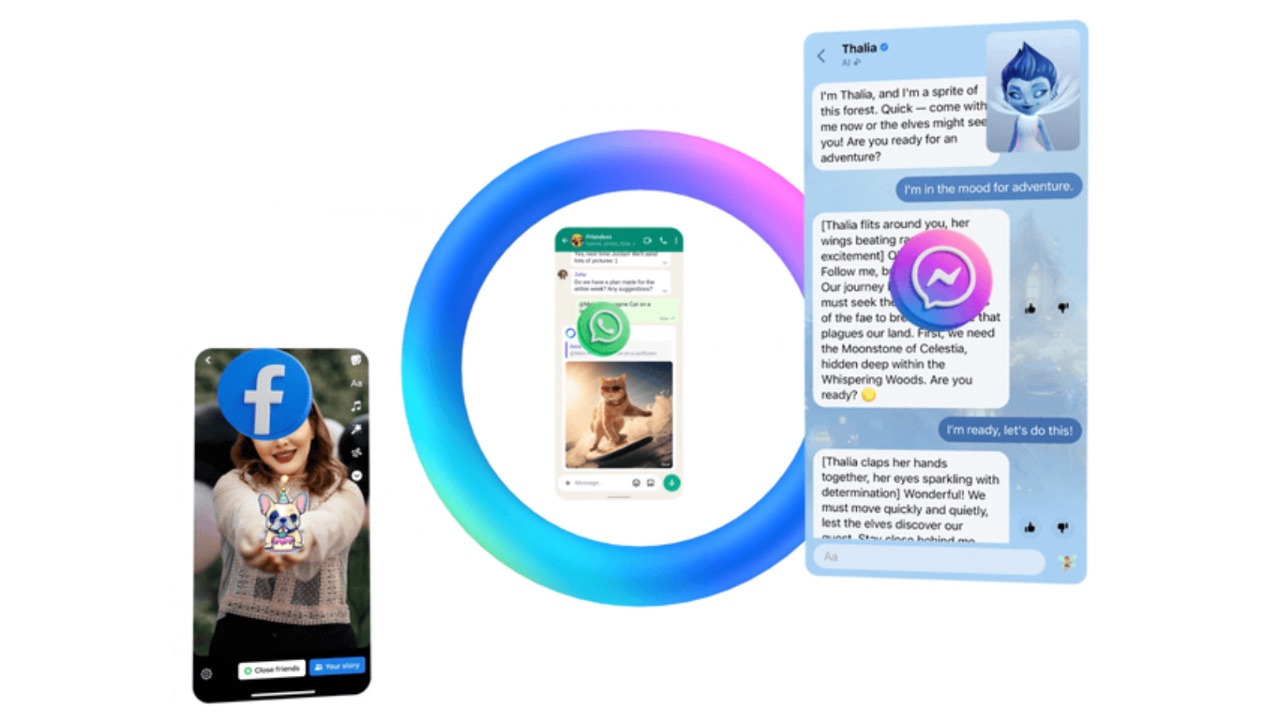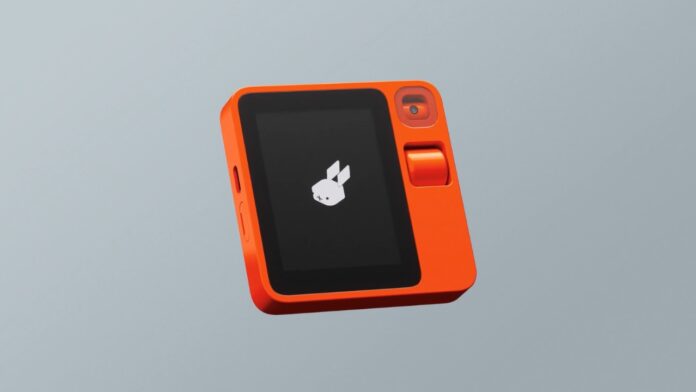Based on initial reviews, the Rabbit R1, an AI personal assistant developed by the startup Rabbit, has not been well-received by users and professionals. Although we advise against purchasing the Rabbit R1, we do have some alternatives to demonstrate that having a smartphone eliminates the need for Rabbit’s device.
What is Rabbit R1?
R1 is a consumer AI device designed with a natural-language operating system. According to Rabbit, it was created to revolutionize the online experience by introducing an efficient operating system that can seamlessly navigate all of your apps without the need for separate apps.
Available in a single orange colour, the Rabbit R1 comes with custom hardware features, including a 2.88-inch touchscreen display, a push-to-talk button, and a scroll wheel for navigating through helpful category-based cards to interact with different activities assisted by Large Action Model (LAM). It also has a rotating camera that’s being called the “rabbit eye,” an AI-enhanced, motorized vision system.
Rabbit Eye can make video calls and execute some of the most “advanced computer vision applications.” Interestingly, the AI-based startup claims that these features empower users to trigger actions more quickly than on even the most powerful flagship smartphones.
The Rabbit R1 operates using the Rabbit OS, which is an operating system specifically designed for the R1. The operating system has the brand’s Proprietary LAM at its core and is the first to be developed on an LAM. The way it functions is by first comprehending complicated human intentions, then utilizing human-oriented interfaces throughout all mobile and desktop environments on a customized cloud platform. Finally, it interacts with applications within the platform to achieve specific objectives.
Rabbit claims that it can do all the above without needing complex, custom integrations like Application Programming Interfaces (APIs), which are vital for other operating systems such as Android and iOS. In other words, LAM fundamentally removes the need for users to download and use multiple apps on their devices and instead carries out the tasks on such apps for them.
Rabbit R1: Controversies
Touted as a pocketable gadget with a bright-orange chassis and innovative features, the Rabbit R1 has been the subject of criticism on the internet. Early reviews of the Rabbit R1 have been mixed, with some tech reviewers expressing disappointment. Popular tech YouTuber MKBHD referred to the device as “another AI in a box” and criticized it for being “barely reviewable” due to missing features. Another reviewer, Dave 2D, echoed these sentiments, stating that the product is “not in a reviewable state” and lacks many features that would make it a better product.
A detailed review by Mashable highlighted several issues with the Rabbit R1, including problems with its Vision feature and limited ‘natural language’ processing capabilities. Users have reported Latency issues, hallucinations, and a frustrating experience when attempting to use the device to order food delivery through DoorDash.
The device claims to offer effortless integration with various services such as Uber, Midjourney, and Spotify through an online platform named the Rabbit Hole. The Rabbit Hole is set up during device activation. However, some users have reported having issues logging in to Spotify and have also faced difficulties while using the Uber app to call cabs.
The most recent controversy involves revealing that Rabbit R1 runs basically on an AOSP-based operating system. Users have been able to extract the whole OS in the form of an APK file and have been able to run it even on entry-level Android phones. Not only that, but some have even been able to run other basic Android apps on the R1 itself. The situation raises a question: is R1 just a $199 AI companion device that relies on an APK file for AI requests, a task smartphones can handle more effectively?
Rabbit R1 Vs Smartphones
The Rabbit R1 device falls short when compared to smartphones in many aspects. It has inferior build quality and ease of use, poorer cameras and software, and terrible battery life. On the other hand, AI chatbot apps are accessible to you as long as your smartphone has a charge, which reduces a lot of hassle. Most smartphones can last for a day or even more, unlike the Rabbit R1, which needs to be charged multiple times throughout the day.
Smartphones not only cost cheaper than the Rabbit R1, but they also have better and bigger displays in terms of resolution, refresh rate, and overall quality. The list can go on, but we hope we were able to give you the gist of what we are trying to say here.
Rabbit R1: Top Alternatives
While some of you might think the Humane AI PIN would be the top alternative, we don’t think so, considering it’s worse in terms of usability than R1, again, as per the initial reviews. In our opinion, the best alternatives to the Rabbit R1 are as follows:
Google Gemini

Now that it’s revealed that the R1 is essentially running an APK file and is based on Android, what could be better than Google’s own Gemini to handle AI-based requests? Google Gemini is quite well integrated with Android and the Gemini mobile app is available on non-folding Android phones, as well as Samsung and Pixel foldables, with 4 GB of RAM or more, running Android 12 and up.
This means that even your 4 to 5-year-old smartphone (be it an entry-level one) that may be running on Android 12 can handle the Google Gemini app and essentially do what the Rabbit R1 does, and that too for free. The Gemini app also has a subscription model allowing users to use Gemini Advanced. Still, you don’t have to worry about that, as Gemini’s free model can handle most tasks Rabbit R1 does. Rabbit R1 also doesn’t need a subscription, but there are other associated costs with it, which make the whole package cost about the same or more expensive than a smartphone.
The Rabbit R1’s camera, known as Rabbit Eye, can describe its surroundings, but this feature is notably inconsistent and often provides incorrect answers, as seen in MKBHD’s video. Instead, you can use Google Lens on your smartphone which does the same thing but in a faster manner and has more options as well.
The R1 has support for four apps at the moment, all of which are also supported on smartphones with a better user interface and human interactions. Moreover, the smartphone apps are pretty consistent in comparison as well. Aside from that, Gemini can also help you start a timer, set a reminder, set an alarm, etc., all of which the Rabbit R1 cannot do yet. The Google Gemini app can generate images through prompts for free, unlike the Rabbit R1.
Aside from that, the data available to Gemini for training and providing answers is far more extensive compared to Rabbit’s LAM, which still needs a lot of training. The R1 has also been inconsistent with some of its general knowledge answers, as seen on X, whereas Gemini is spot on with such queries most of the time.
Availability-wise, Rabbit R1 is currently available only in the US but the Gemini app is available on Android and iOS via the Google app in more than 150 countries, and that too in multiple languages.
Microsoft Copilot

Based on OpenAI’s ChatGPT, Microsoft Copilot is a productivity tool that uses artificial intelligence (AI) to help you work smarter and faster. It can also be referred to as an AI Companion chatbot that is powered by large language models (LLMs) and advanced AI systems that can understand and generate natural language. Copilot integrates your data with Microsoft Graph and Microsoft 365 apps and services like Word, Excel, PowerPoint, Outlook, Teams, and more.
Same as Gemini, it has its free and paid models, but the free one gives you access to:
- Chat with text, voice, and image capabilities
- Summarization of documents and web pages
- Image creation in Designer (formerly Bing Image Creator)
- Web grounding
- Use of plugins and Copilot GPTs
This is the same set of features Rabbit R1 provided, minus the image generator. Not only that but Microsoft Copilot gives you access to GPT-4 Turbo for free, which is OpenAI’s latest generation model. Its more capable, has an updated knowledge cutoff of April 2023 and introduces a 128k context window meaning you can write a prompt equivalent to 300 pages of text.
This shows how much more Microsoft Copilot is capable than Rabbit R1 in terms of the data available for training and fetching, alongside the integration with other Microsoft services, which separately have millions of users. It’s not only more practical and useful but also more functional and productive than Rabbit’s R1, which is just not capable of such stuff yet.
Copilot is available via the Bing app or its dedicated app, both of which are available for free on iOS and Android. It is available in 222 countries, including India. As for supported versions, Copilot app requires Android 11 or later which expands the availability scope to Android devices that maybe even 6 years old at this point.
You can also use the ChatGPT app alongside the Microsoft Copilot app for even faster responses. The ChatGPT app doesn’t have the latest information as it has a knowledge cutoff, but it still does the job well of answering some general queries that may not require the latest information. Moreover, like Copilot Pro and Rabbit R1, it has Voice chat support, so you do not have to constantly type in your queries.
Meta AI

Built on Meta Llama 3, the company’s most advanced model to date, Meta AI is an intelligent assistant that is capable of complex reasoning, following instructions, visualizing ideas, and solving nuanced problems. It also serves as another one of the capable alternatives to the Rabbit R1, thanks to its seamless integration across Meta’s suite of social media apps, including Facebook, Instagram, Messenger, WhatsApp and the Web, out of which all the apps have billions of users worldwide.
Billions of users mean Meta will have access to more data it can train its models on. Like the other two Rabbit R1 alternatives, Meta AI is also free to use and more accessible. It has features even Rabbit R1 doesn’t support yet, such as asking Meta AI to animate an image, iterating on it in a new style, or even turning it into a GIF to share with friends. It also supports image generation, the same as Copilot and Gemini.
Meta AI is accessible in Australia, Canada, Ghana, Jamaica, Malawi, New Zealand, Nigeria, Pakistan, Singapore, South Africa, Uganda, Zambia and Zimbabwe, a list that’s still adequately expansive in comparison to R1’s. If you are in the US, you can also access Meta AI on the Ray-Ban Meta smart glasses or the Meta Quest on which its coming soon.
This AI companion from Meta is available on WhatsApp in the countries mentioned, and WhatsApp is currently available on devices that are even 7 years old. The list of devices that support the Instagram app is quite long.
Take Away
As you would have noticed by now, Rabbit R1 doesn’t stand a chance even in front of smartphones that are cheaper than its price, let alone its alternatives that are also far more capable. These smartphones offer almost all the capabilities of the Rabbit R1 at not only a cheaper price but also in terms of the variety of AI chatbots you can use, all of which are much faster with their responses as well.
Rabbit R1 promises a better future with the teach mode and other features to come, but there’s no word on when they’ll become available.
It’s quite likely that the smartphone you are reading this article on can do whatever the R1 can and that too, faster and more efficiently. If Rabbit R1 cannot surpass smartphones in its core concept, it certainly cannot compete with the advantages its alternatives and smartphones have over AI companion devices.


